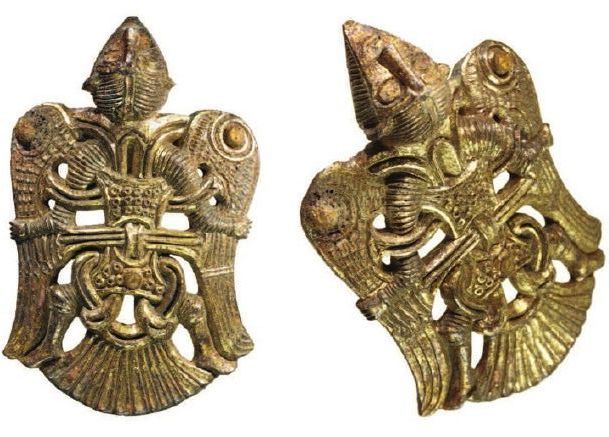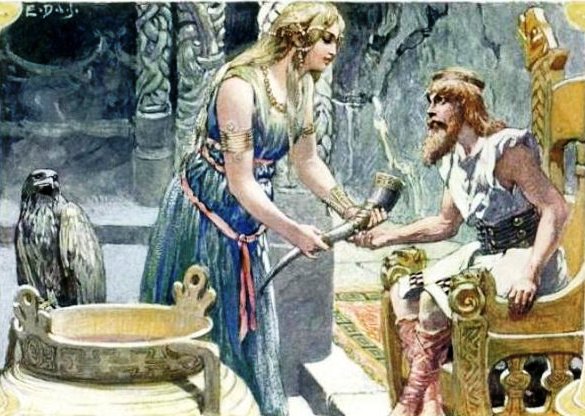
Suttung and the Mead Myth:
Some Astronomical Interpretations
by Peter Krüger
©2015
Here are some brief thoughts concerning astronomical interpretations of the
two versions of the myth telling how Odin stole the poetic mead from the giants as it is
told in Hávamál 104-110 and in Skáldskaparmál.
Let me start with the end of the story, the escape of Odin in the guise of an eagle chased by the giant Suttung, also cloaked in the shape of an eagle. The motif of an escaping raptor can also be found in Völund's use of a feather cloak to escape captivity under Nidhad, as well as in the myth about the giant Thjazi, disguised as an eagle, who chases Loki clad in Freyja's falcon-skin while clutching the goddess Idunn changed into a nut. I have previously argued that this motif refers to the constellation Aquila crossing the Milky Way. Aquila is chased by Cygnus, the Swan, simply named "the bird" by the poet Aratus , but also seen here as an eagle.
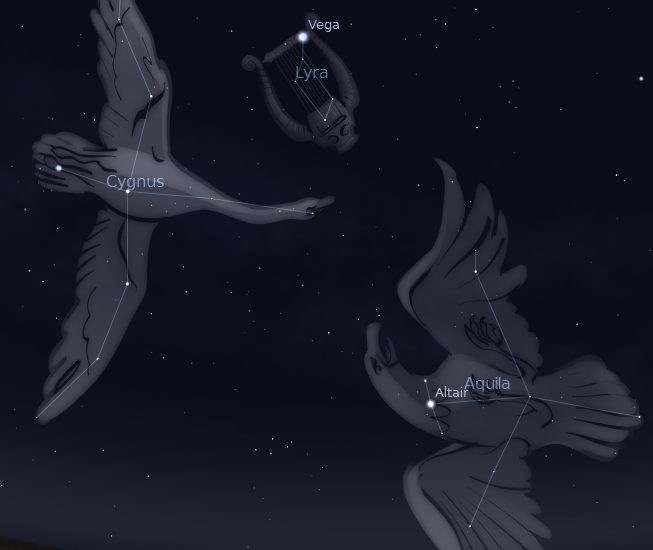 |
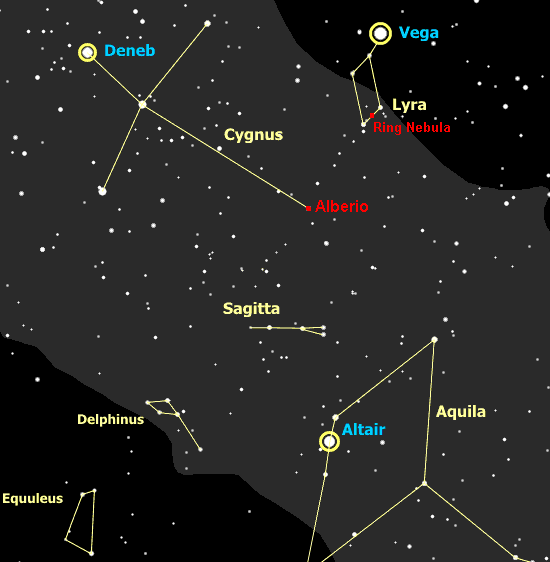 |
If we assume that the story of Odin's escape in eagle-guise refers to Odin moving as a planet on the ecliptic, it means that we would then look for Gunnlöd and the mead vessel on the ecliptic before Aquila. Surely Gunnlöd can be associated with the constellation Virgo, the virgin. Just before her we find the constellation of Crater, the cup. Gunnlöd and the mead-drink are connected to a golden stool, gullnum stóli (Hávamál 105) or throne, the high seat in Suttung's hall.
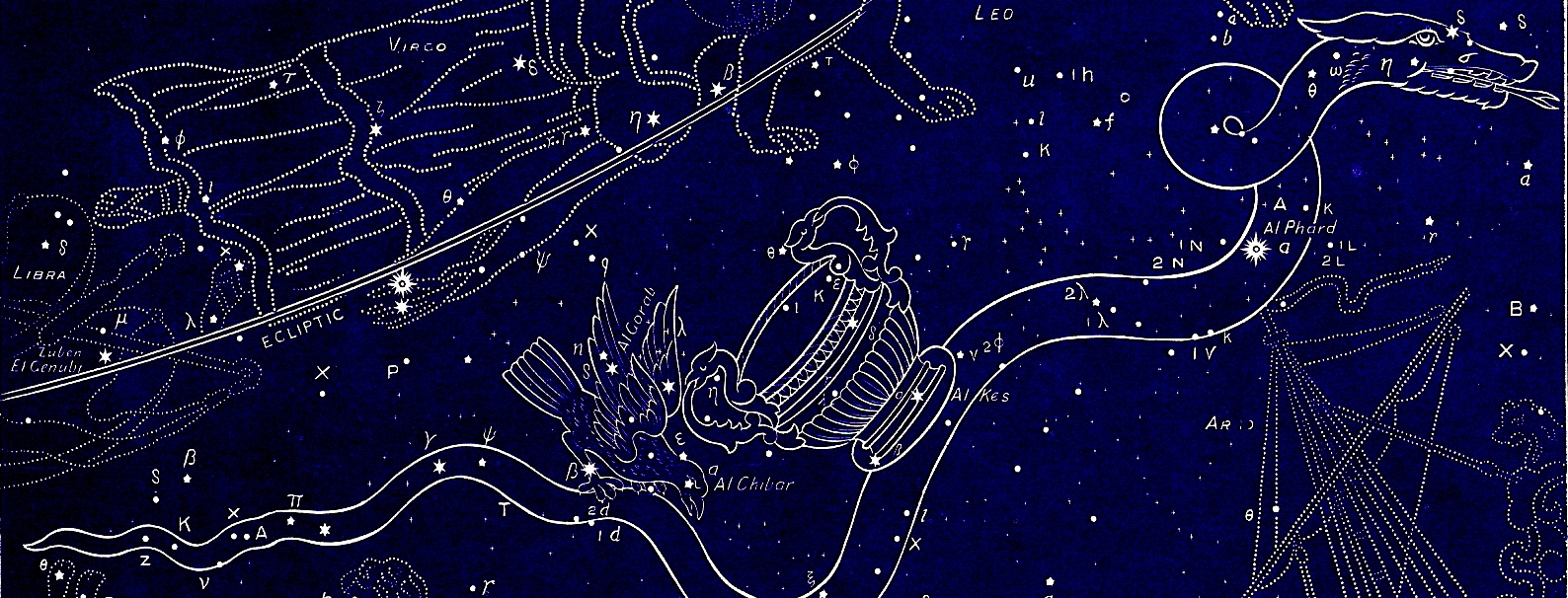 |
If we look to the heavens, is it possible to locate this stool? Not on the Greek star chart, but if we look to Arabic constellation names we see that one nearby constellation was indeed known as a throne: 'Al Arsh al Simak al Azal', 'the Throne of the Unarmed One', referring to Spica and Virgo. We know this constellation today as Corvus, the raven. A look at a star map reveals how this small constellation could be understood as a stool.
 |
So, having found the mead vessel (Crater), the stool (Corvus) and Gunnlöd (Virgo) are we in a position to find the owner of the mead, Suttung? In Greek star lore, the god Dionysos handed down the first winegrape to a man named Icarios. He made wine, gave it to his fellow men, and was murdered, because the drunken men thought he was trying to poison them. After his death Icarios was set into the stars as constellation Böotes together with his daughter Erigone (as the constellation Virgo). We also know that the Greeks interpreted the rising of Arcturus, the brightest star of Böotes, as a sign to harvest the wine grapes. Therefore, I assume that in the Northern myth Suttung, the guardian of the mead, was also associated with Böotes and Arcturus.
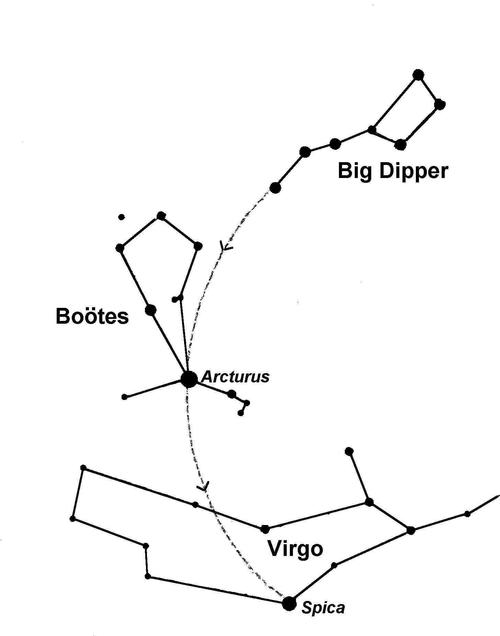 |
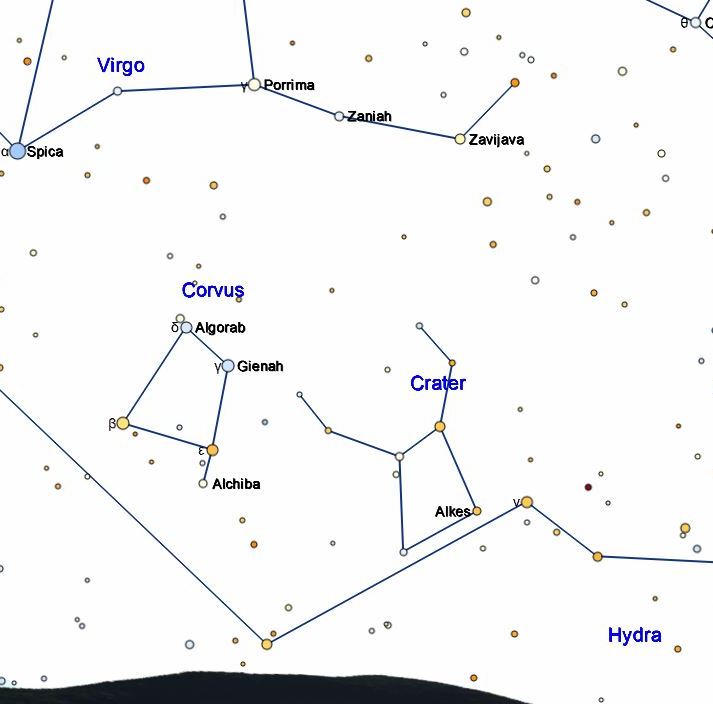 |
On the other side of heaven the entrance to the hollow mountain must have been in the Gemini area, the second crossing of the Milky Way and ecliptic. I do not really understand the story about Baugi boring a hole into the mountain (Milky Way) but Odin turning into a snake must be a reference to the constellation Hydra, the water snake, just below Crater (= mead vessel) and Corvus (= the stool).
Regarding the auger I would like to mention that there is indeed a small constellation in the sky called Terebellum, the auger, located in Sagitarius, next to the Milky Way, the wall of the hollow mountain. The name of the strange giant Baugi clearly stems from the word baug, ring. I identified the rings Andvaranaut and Draupnir with the asterism of the Circlet in the western Fish in Pisces. The owner of Andvaranaut is the dwarf Andvari who appears as a fish, Piscis Austrinus, below the waterfall and the urn of Aquarius. Therfore Baugi could also refer to this constellation. Andvari is also connected to a stone, the Great Square of Pegasus, that also appears as a field in many tales, so this might explain the connection of Baugi with a field.
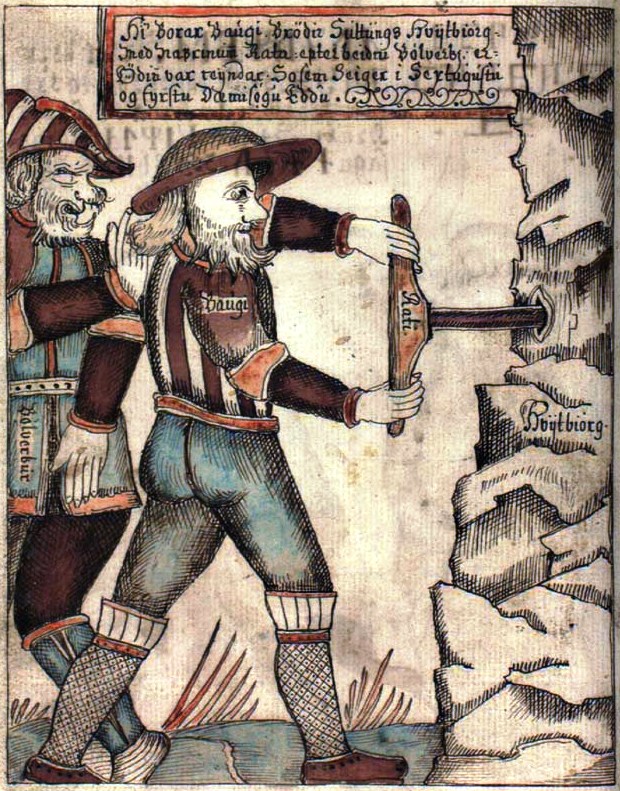 |
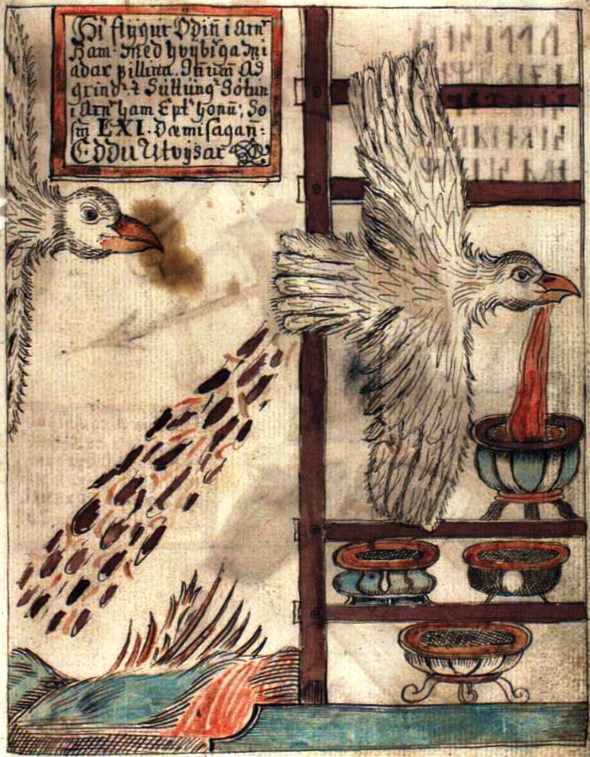 |
| 1760 Ólafur Brynjúlfsson, llustrated manuscript of Sæmundar og Snorra Edda | |
The name of the strange giant Baugi clearly stems from the word baug, ring. I identified the rings Andvaranaut and Draupnir with the asterism of the Circlet in the western Fish in Pisces. The owner of Andvaranaut is the dwarf Andvari who appears as a fish, Pisces Austrinus, below the waterfall and the urn of Aquarius. Therfore Baugi could also refer to this constellation. Andvari is also connected to a stone, the Great Square of Pegasus, that also appears as a field in many tales, so this might explain the connection of Baugi with a field.
In the Hávamál version of this myth, Odin does not turn into an eagle to escape with the mead. Instead he flees through a tunnel. Over him and under him are the paths of the giants (jötnar). This can only mean the Milky Way crossing the ecliptic. This is one of the two star gates of heaven. The crossing is near the location of the eagle, Aquila - a perfect fit. It seems to be the homestead of the Hrimthursar who are mentioned shortly after. The tunnel is gnawed through stone (grjót). I just want to mention that the home of the giant Hrungnir (Sagittarius) is Griótúnagard.
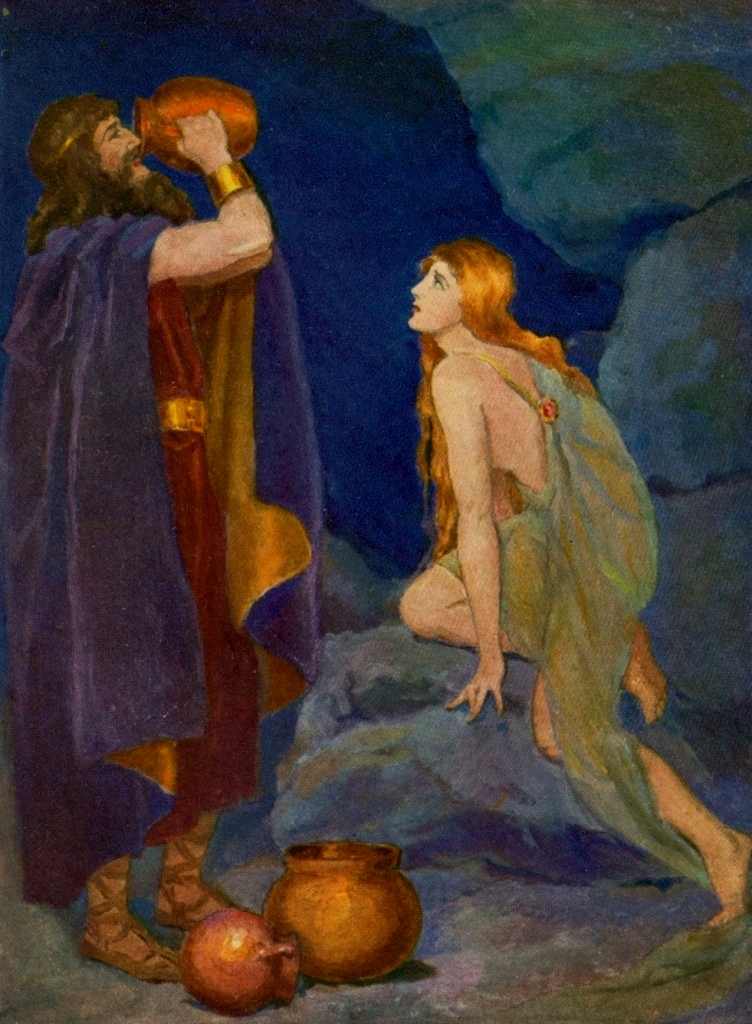 |
 |
Odin drank all the mead, turned into an eagle and after his
successful flight he spat out the mead into containers in Asgard. This I
would like to connect to the urn of the constellation Aquarius, next to
the Pegasus square that seems to be at least in some myths the mead hall
of Asgard.
According to Skáldskaparmál
therefore poetry is called Odin's booty and find, and his drink and his
gift and the Aesir's drink. I would like to add one more kenning. I
believe that the veði Valföðrs', Valfather's pledge, of Völupa
28 also
refers to the mead and the urn of Aquarius. Mimir drinking mead from
Valfather's pledge would therefore refer to the constellation of the
Southern Fish, Piscis Austrinus, depicted on old star charts as a fish
drinking the water flowing out of the urn of Aquarius.

Some short additions to the astronomical explanations made above:
I assume that the pair Baugi and Suttung corresponds to the pair Gudmund and Geirrödr, both being the ruler of one half of the heaven divided by the Milky Way.
I
would bring both Baugi and Gudmund into connection with Poseidon/Neptune, Aegir, Njörd,
Brimir, Mimir, Gymir —rarely is this pointed out for Baugi. Suttung and Geirrödr with Hades and Pluto, the ruler of the underworld.
I would also like to point out
the similiarity of the names Gudmund and Andvari. The second compound part
in both cases means guardian or protector. The prefixes Gud- and And- also
run parallel, depending exactly on how they are translated.
